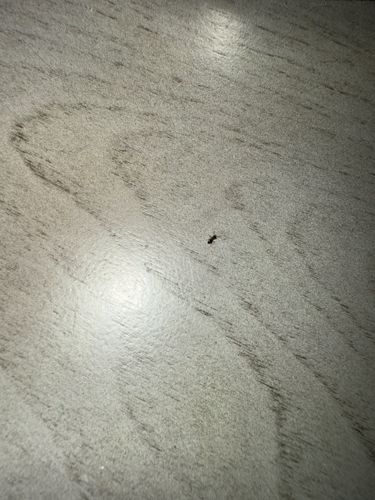Ant
Scientific Name: Formicidae (Family)
Order & Family: Hymenoptera, Formicidae
Size: Typically 0.75 mm to 52 mm (Queen Dorylus wilverthi)

Natural Habitat
Ants are found in nearly all terrestrial habitats worldwide, from forests and deserts to urban environments. They typically build nests underground, in wood, under rocks, or within structures, and can adapt to a wide range of climatic conditions.
Diet & Feeding
Ants have a varied diet, often consuming sugars (like honeydew produced by aphids), proteins (other insects, dead animals), fats, and carbohydrates found in human food scraps. Their diet largely depends on the species and the resources available in their environment.
Behavior Patterns
Ants are social insects that live in structured colonies, which can range in size from a few dozen to millions of individuals. They communicate primarily through pheromones and touch to coordinate activities like foraging, nest building, and defense. Most ant species exhibit a clear division of labor, with a queen responsible for reproduction, sterile female workers performing tasks such as foraging, caring for the young, and maintaining the nest, and male drones whose primary role is reproduction.
Risks & Benefits
Risks: Some ant species can bite or sting, causing minor irritation or more severe allergic reactions in sensitive individuals. They can also become pests when they infest homes, contaminating food and sometimes causing structural damage (e.g., carpenter ants). Benefits: Ants play crucial roles in ecosystems, including soil aeration, seed dispersal, nutrient cycling, and acting as predators or prey in food webs.
Identified on: 8/22/2025